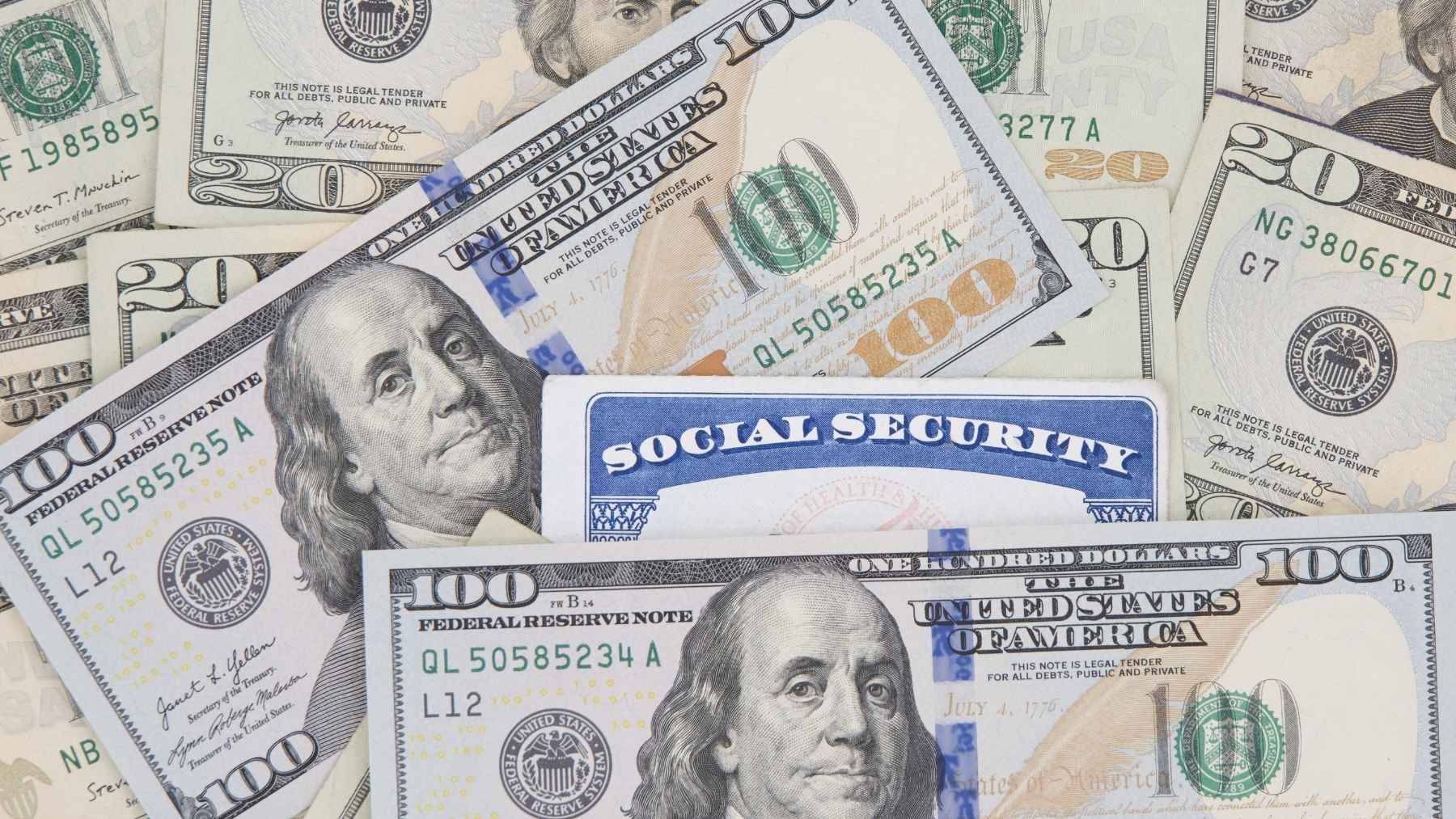Millions of Americans who count on Supplemental Security Income (SSI) each month will notice something different in August, two deposits instead of one. While it might seem like a bonus at first glance, it’s actually a result of how the Social Security payment calendar works. Here’s what’s behind the extra check, how much you can expect, and why there won’t be one in September
Let’s break it down clearly, so you’re not caught off guard.
Why Two Payments in August?
The double payment isn’t a bonus or increase. It’s simply a result of how the Social Security payment schedule works.
SSI is generally paid out on the 1st of each month. In the event that the 1st falls on a weekend or government holiday, the Social Security Administration (SSA) sends out payments on the previous business day. As a result of this, September SSI payment will be made on Friday, 29th August 2025, because the 1st of September falls on a government holiday.
- August SSI payment will be sent on August 1st, and
- September SSI payment will be sent on Friday, August 29th.
This isn’t new, it happens several times a year when holidays or weekends shift the regular payout dates. But it’s always worth being reminded, especially for budgeting purposes.
What Are the Payment Amounts?
The monthly SSI benefit amounts for 2025 are:
- $967 for individuals,
- $1,450 for couples,
- and slightly more in states that offer state-level supplements.
These amounts result from the Cost-of-Living Adjustment (COLA) increase applied at the beginning of the year. If you normally receive $967, you’ll get that amount twice in August, but you will not get a payment in September.
It’s important to note that your yearly benefit doesn’t change. The timing shifts, but the total amount remains the same.
Don’t Panic in September
If you check your account in September and see no SSI deposit, don’t panic. You didn’t lose your benefit; you simply received it early at the end of August.
This can confuse many recipients who assume they’re owed a new payment every calendar month. But the SSA follows a payment schedule, not a strict “once-a-month” rule, especially when holidays are involved.
Future Dates That Might Shift
This calendar-based adjustment happens multiple times a year. In 2025, it occurs in:
- March (payment issued on 28th February 2025),
- May/June (June’s payment lands on 30th May 2025),
- August (as noted above),
- October/November (November’s payment will arrive 31st October 2025),
- and January 2026 (Paid on 31st December 2025)
It is important to keep track of these dates so that you are able to plan ahead and budget effectively.
What can you do
- Be knowledgeable about your calendar dates –Ensure that you are aware of calendar changes.
- Budget effectively – Consider transferring the second August payment to savings.
- Communicate with Your Bank – If you’re unsure when a deposit is due, check with your bank or review your SSA online account.
- Avoid Spending Mistakes – Some people mistakenly treat the early check as a bonus. It’s not, it must last through September.
Why SSA Does This
The SSA changes its payment schedule to make sure people don’t miss out when holidays fall on regular paydays. Instead of risking a delay, they send the money out early. For folks living on a fixed income, that kind of reliability really matters, it helps them stay on top of rent, bills, and basic needs without worrying about when the next check will come.
The key takeaway? Use the early September payment wisely, because you won’t receive another deposit until October 1st.
Budgeting carefully can help you avoid the stress of a “missing” check and keep your finances on track.

